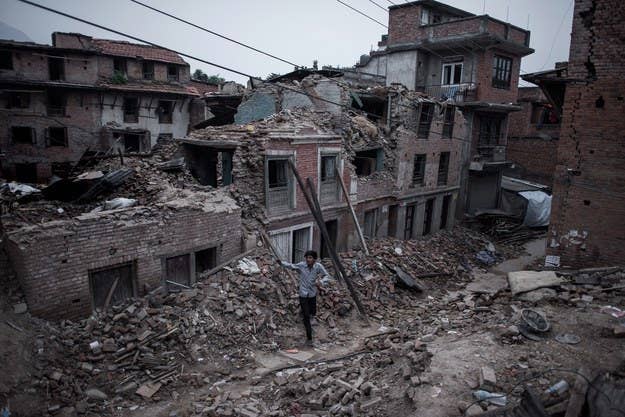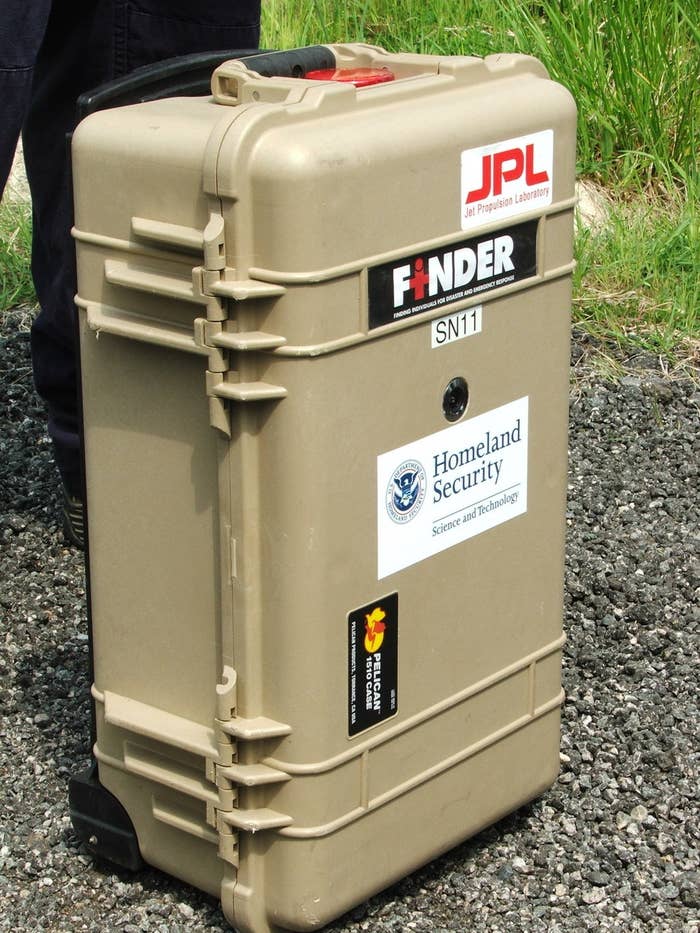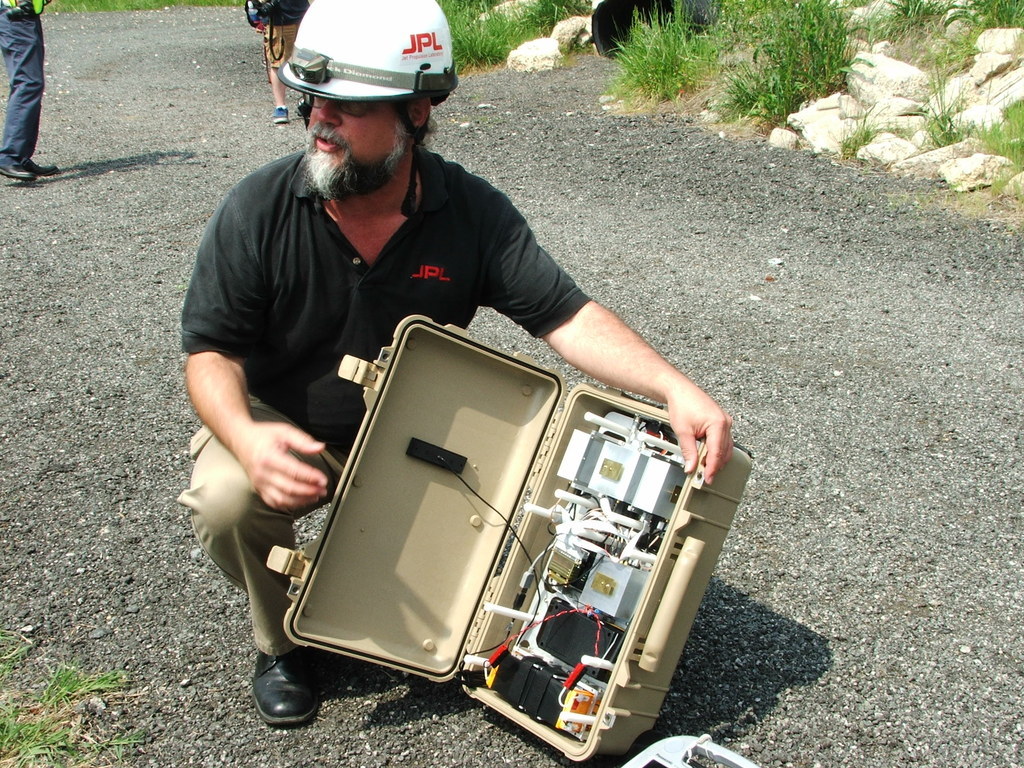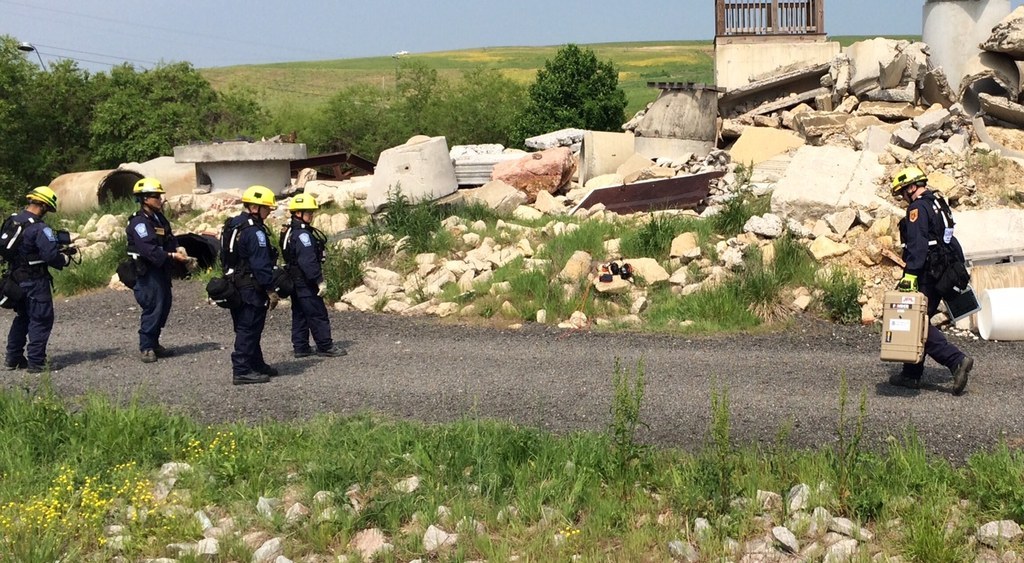
After a powerful earthquake struck Nepal last month — claiming the lives of thousands and devastating parts of the nation's capital and surrounding valley — rescuers deployed a new device, developed in part by NASA and JPL, to aid in the search for survivors in the hard-hit village of Chautara, just east of Kathmandu. Using radar technology to detect the tiny, millimeter movements of the human body as the heart pumps blood, the FINDER device (Finding Individuals for Disaster and Emergency Response), helped save the lives of four Nepali men who were trapped underneath rubble for days.
"The true test of any technology is how well it works in a real-life operational setting," said Reginald Brothers, Homeland Security under secretary for science and technology. "Of course, no one wants disasters to occur, but tools like this are designed to help when our worst nightmares do happen. I am proud that we were able to provide the tools to help rescue these four men."
The prototype device, no bigger than a carry-on suitcase, was developed in a partnership between NASA's Jet Propulsion Laboratory and Homeland Security's Science and Technology Directorate. FINDER's microwave radar shoots signals out and then reads them as they bounce back through up to 30 feet of rubble. The version utilized in Nepal weighed less than 20 pounds, with future models planned to be even more compact. On Thursday, government officials met at the Virginia Task Force One Training Facility in Lorton, Virginia, to demonstrate the technology and to hand the prototype off to a private enterprise that will begin FINDER's commercial manufacture.

"NASA technology plays many roles: driving exploration, protecting the lives of our astronauts, and improving — even saving — the lives of people on Earth," said David Miller, NASA's chief technologist. "FINDER exemplifies how technology designed for space exploration has profound impacts to life on Earth."
The technology that measures the movements of the head and chest from a human's heartbeat comes from the same tech that measures the distant motions of the planets and their stars, explained Jim Lux, FINDER's Task Manager at the NASA Jet Propulsion Lab. From the body's teeny stirrings, FINDER can calculate a person's pulse and breathing rate, he said.

David Lewis, president of R4, the company that has partnered with the government to produce FINDER commercially, hopes to provide the device to emergency response teams around the globe. Lewis, who has a military background, arrived in Nepal on April 29 and was part of the multinational rescue effort that first deployed two FINDER prototypes in the field, rescuing the men who would have likely died otherwise.
When BuzzFeed News asked Lewis about working in Nepal with new technology, he said, "The first thing is, 'What's this guy doing with the box?' and, 'Why is he asking me to get off the [rubble] pile?' That's the initial response that they have. But once they understand that they're shooting a radar to find heartbeats, it's open arms."

